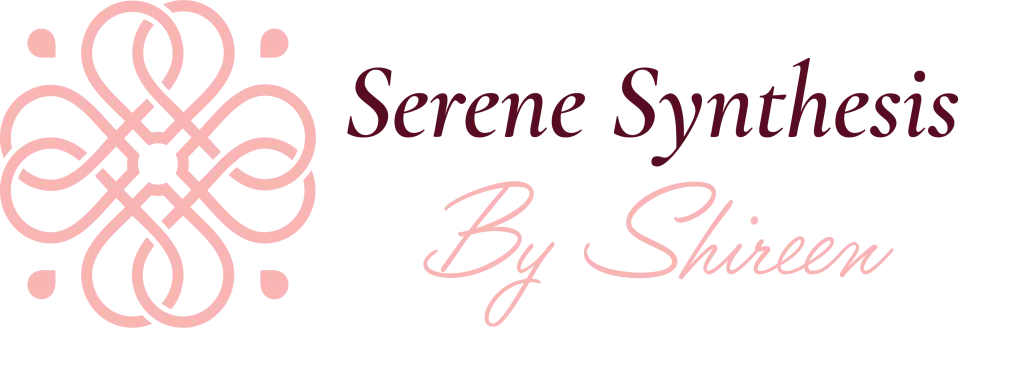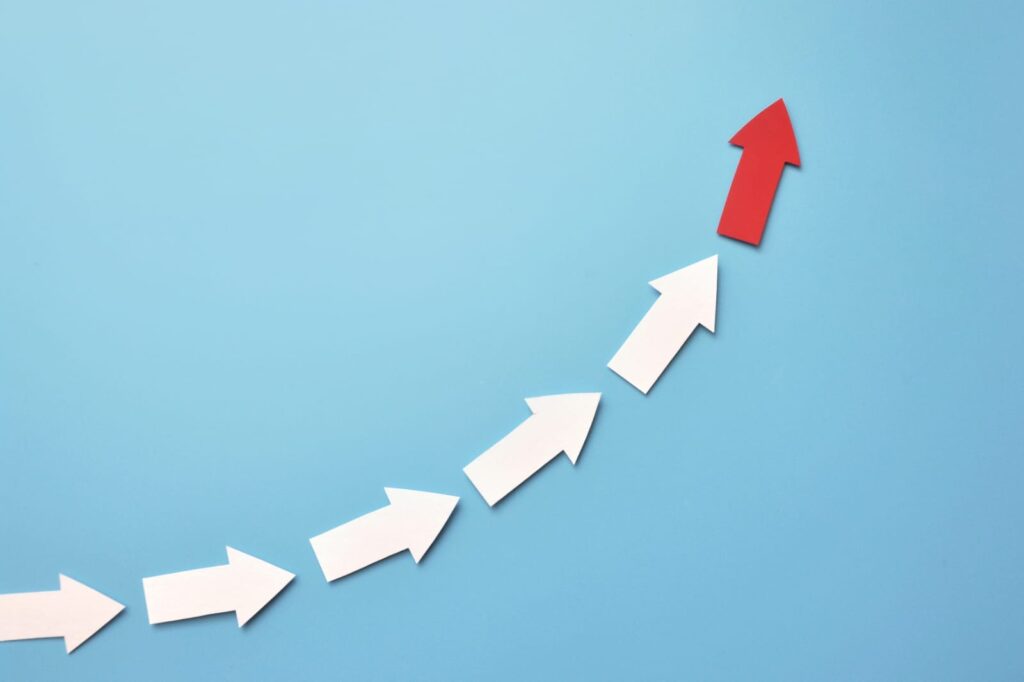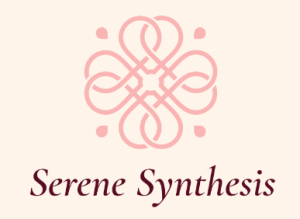In sales, the meeting often feels like the peak moment. You presented your solution, the client nodded along, maybe even said, “This is great — send us the proposal.”
And then… silence.
The proposal sits in their inbox. You rehearse your next step in your head.
Should you call? Will an email feel too pushy? What if they’ve already chosen someone else?
This is the hidden battlefield of sales: the psychology of follow-up.
Not the script, not the timing, but the inner dialogue that either propels a salesperson into action — or traps them in hesitation.
Why Salespeople Hesitate to Follow Up
Hesitation is rarely about not knowing what to do. It’s about fear:
- Fear of rejection: “If they say no, I’ve failed.”
- Fear of being annoying: “I don’t want to be seen as desperate.”
- Fear of wasted effort: “If they were interested, they’d reply.”
But beneath these fears is something more subtle: assumption.
Salespeople assume silence means disinterest. They assume clients are as focused on the proposal as they are. In reality, silence often means distraction, competing priorities, or bureaucratic delay.
As noted in a Harvard Business Review article, analysis of more than 2.5 million sales interactions showed that 40–60% of deals stall not due to lack of interest, but because customers, despite initial intent, fail to act. In other words, silence often reflects internal indecision and competing priorities—not outright rejection (Harvard Business Review).
The Science: Why Follow-Up Works
From a behavioral psychology standpoint, follow-up is not about “bothering” someone. It’s about creating recall and reducing friction.
- The Mere Exposure Effect: People are more likely to trust and choose what they see repeatedly. A consistent follow-up builds familiarity, which builds trust.
- Cognitive Load Theory: Clients are overloaded. Following up reduces the mental effort required to re-engage with your proposal. You’re not being pushy — you’re being useful.
- Commitment & Consistency Principle: Once clients have expressed interest, follow-up taps into their natural desire to remain consistent with that earlier statement.
In other words: follow-up is not intrusion; it is momentum management.
The Art: How to Follow Up Without Fear
1. Reframe Your Role
Instead of thinking, “I’m chasing them,” think, “I’m helping them make a decision.”
Follow-up is service, not self-promotion. You are guiding a busy client through their own decision-making fog.
2. Vary the Medium, Match the Message
- Email: Best for detail and documentation. Keep it crisp: “Just checking in” is weak; “Here’s one insight that might support your decision-making” is strong.
- Call: Best for energy and clarity. A voice conveys urgency and sincerity that text never can.
- WhatsApp (or messaging apps): Best for quick nudges. Use sparingly, and keep it human, not robotic.
Tip: Never use the same words across all three. Each channel should feel like a natural extension, not a copy-paste.
3. Use the “Value-Add” Follow-Up
Silence after a proposal doesn’t always need another “Did you see this?”. Instead, send something that adds value:
- A short case study.
- An industry article with a note: “Thought this might be relevant to your current challenge.”
- A brief voice note summarizing your proposal in human terms.
You’re not repeating yourself; you’re reinforcing relevance.
4. Set Follow-Up Agreements Early
One of the strongest coaching practices I teach sales teams: don’t leave next steps vague.
At the end of the meeting, ask:
“When would be a good time for me to follow up with you on this?”
Now your follow-up isn’t an intrusion — it’s an agreed checkpoint.
5. Normalize Silence
Silence is data, not disaster. If the client isn’t replying, it doesn’t always mean rejection. It means the process is unfolding. Your job is to stay present without losing dignity.
Coaching the Sales Mindset
Following up is less about tactics and more about identity. Salespeople who hesitate often operate from scarcity thinking — “What if I lose this deal?”
The shift is to abundance thinking — “If it’s a fit, my persistence shows professionalism. If it’s not, I free space for the next client.”
The irony: clients often respect those who follow up firmly but respectfully. It signals reliability. If you vanish after one email, they wonder: “Will this person also vanish after we hire them?”
Practical Framework: The 3-3-3 Rule
When coaching teams, I often share this simple rhythm:
- 3 hours after the meeting → send a quick thank-you note.
- 3 days later → follow up with a value-add or clarification.
- 3 weeks later → check back with a fresh perspective or reminder.
It’s structured, professional, and avoids the extremes of being either too pushy or too passive.
Final Thought
The art of follow-up lies not in “chasing” but in guiding. The science of follow-up proves that consistency builds trust, reduces friction, and increases the likelihood of conversion.
If you are hesitating, ask yourself: Am I protecting myself from discomfort, or am I serving the client by staying present?
Most deals are lost not because the client said no — but because the salesperson never asked again.
If your team struggles with follow-up hesitation, it’s not a skills issue — it’s a mindset issue. At Serene Synthesis, we help sales teams rewire their relationship with rejection and transform follow-up into a strength.
Let’s talk about equipping your salespeople with the confidence and tools to follow up powerfully. Contact us here.


